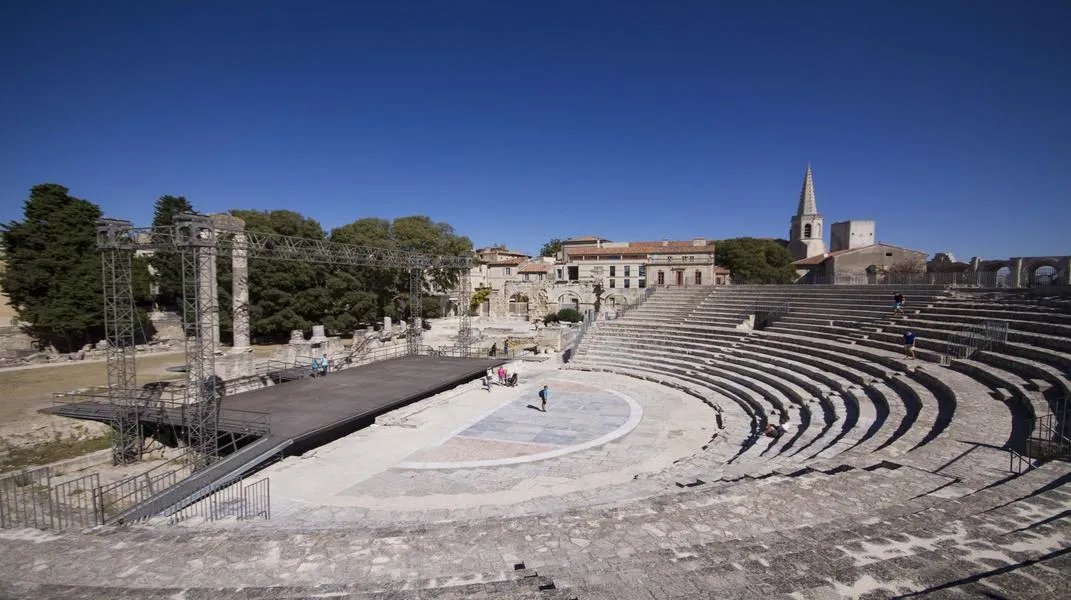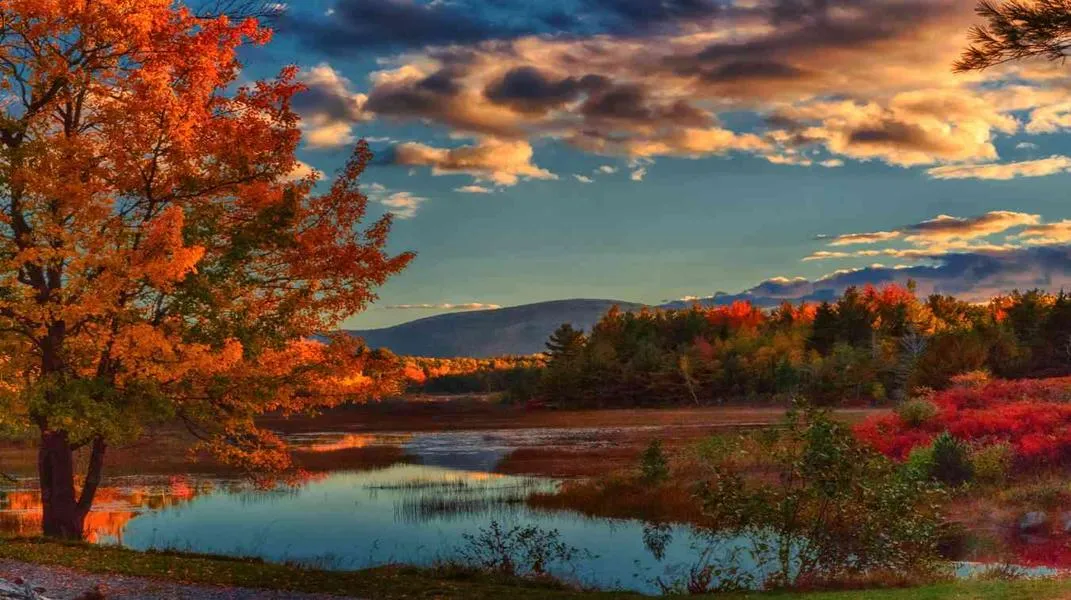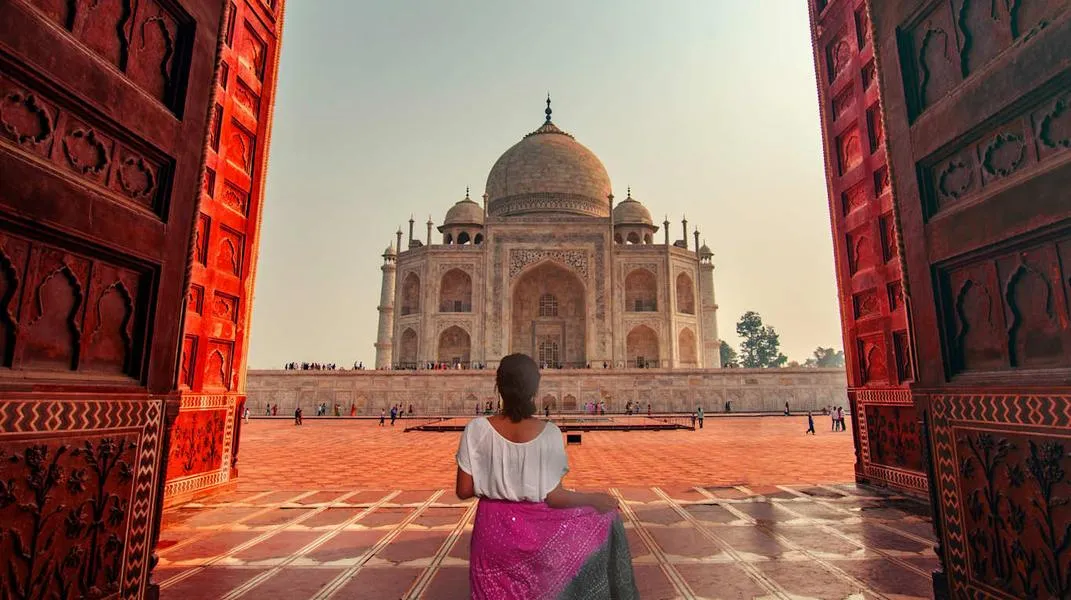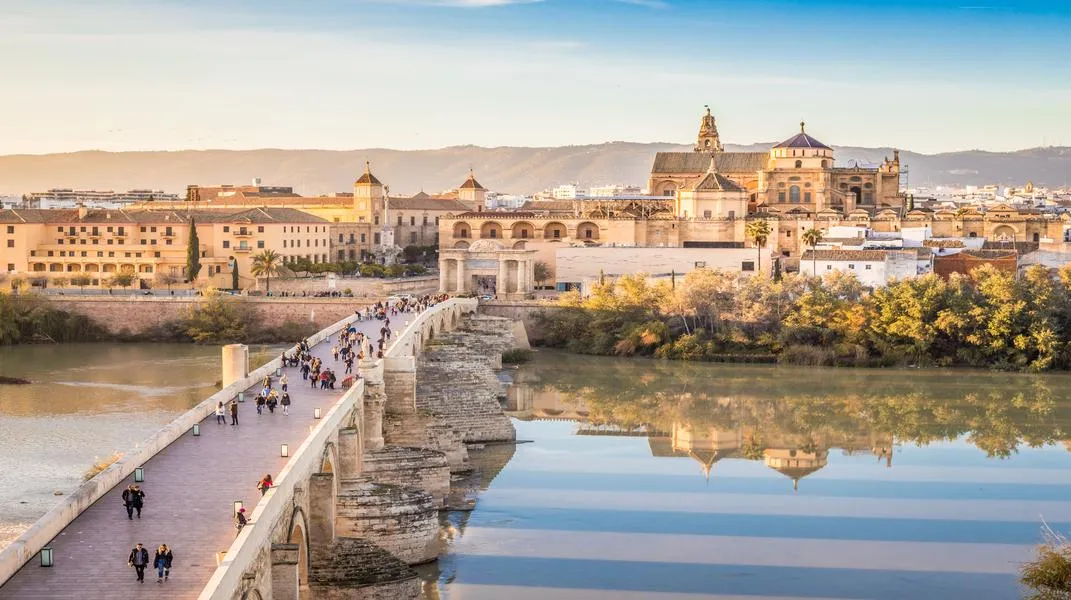Discovering Transylvania: A Journey Through History, Culture, and Nature
Transylvania, a region nestled in the heart of Romania, is a place that captivates the imagination of travelers from around the globe. Renowned for its medieval castles, quaint villages, and breathtaking landscapes, Transylvania is a melting pot of history, culture, and natural beauty. This article will guide you through the must-see attractions in Transylvania, the rich cultural heritage that defines the region, and the essential materials you need to prepare for your visit.
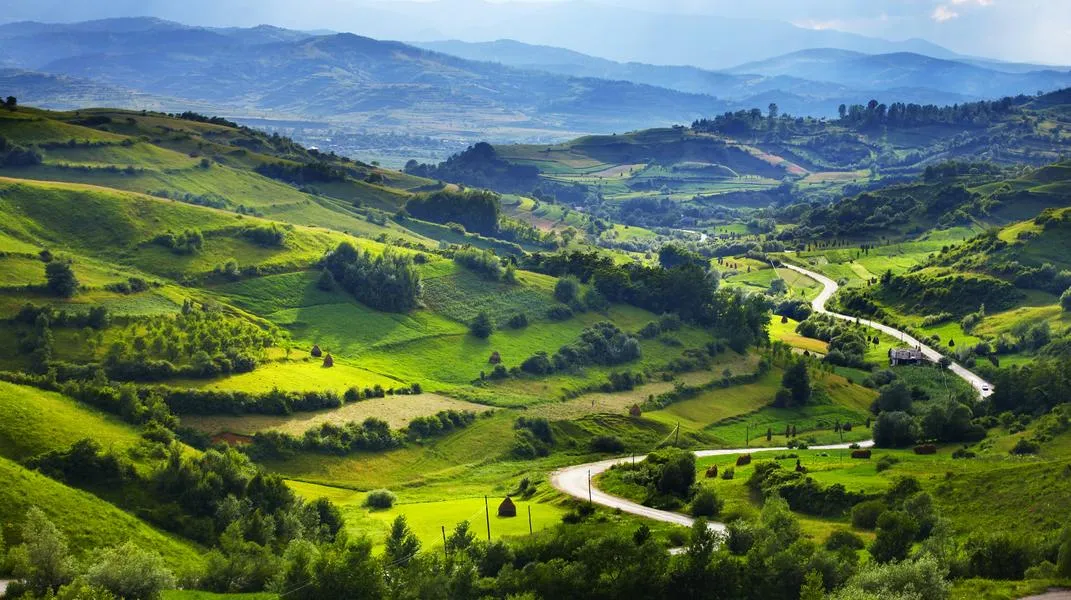
The Allure of Transylvania
Transylvania evokes a sense of mystery and adventure, primarily due to its association with the legend of Dracula, inspired by Bram Stoker's famous novel. However, there is so much more to this enchanting region than just its vampire lore. Transylvania is known for its stunning Carpathian Mountains, fortified churches, and vibrant cities, each of which tells a unique story of its past.
Key Attractions
1. Bran Castle: The Home of Dracula
Bran Castle, often referred to as Dracula's Castle, is perhaps the most famous attraction in Transylvania. Perched on a cliff and surrounded by lush forests, the castle's gothic architecture and atmospheric setting make it a must-visit. While the connection to Vlad the Impaler, the historical figure who inspired Dracula, is tenuous, the castle still draws thousands of visitors eager to explore its chambers and learn about its history.
Inside, you'll find a museum displaying art and furniture collected by Queen Marie of Romania, who transformed Bran Castle into a royal residence. The views from the castle are spectacular, offering a glimpse of the surrounding countryside and the nearby Carpathian Mountains.
2. Sibiu: A Cultural Hub
Sibiu, a UNESCO World Heritage site, is one of the most charming cities in Transylvania. Its well-preserved medieval architecture, vibrant squares, and rich cultural scene make it a highlight of any trip. The Brukenthal Palace, home to the Brukenthal National Museum, showcases European art and hosts various cultural events throughout the year.
Stroll through the Grand Square (Piața Mare) and admire the iconic Bridge of Lies, a charming pedestrian bridge adorned with local legends. Don’t forget to explore the city's numerous churches, including the Evangelical Cathedral, which offers panoramic views from its tower.
3. Sighișoara: The Birthplace of Dracula
Sighișoara is a picturesque medieval town that is also the birthplace of Vlad the Impaler. The well-preserved citadel, with its colorful houses and cobblestone streets, transports visitors back in time. The Clock Tower, which houses a history museum, is a prominent landmark, while the Church on the Hill offers stunning views of the town.
Wander through the narrow streets, visit the birthplace of Vlad the Impaler, and enjoy a meal at one of the quaint local restaurants. Sighișoara is also known for its annual medieval festival, where the town comes alive with music, performances, and traditional crafts.
4. The Turda Salt Mine: A Unique Underground Experience
The Turda Salt Mine is a fascinating attraction that offers a glimpse into Romania's rich natural resources. This underground marvel features stunning salt formations, an underground lake, and even a Ferris wheel. The mine has been transformed into a recreational space, complete with a mini-golf course, a bowling alley, and areas for relaxation.
Visitors can take guided tours to learn about the history of salt mining in the region and explore the mine's various chambers. The surreal atmosphere, with its otherworldly lighting and salt formations, makes for a memorable experience.
5. The Painted Monasteries of Bucovina
While technically outside the traditional boundaries of Transylvania, the Painted Monasteries of Bucovina are a captivating addition to any itinerary. These UNESCO World Heritage sites are famous for their stunning exterior frescoes, which depict biblical scenes and saints. The monasteries are a testament to the region's rich religious history and artistic tradition.
The most notable monasteries include Voroneț, known for its vibrant blue frescoes, and Humor Monastery, which features intricate paintings and a peaceful setting. A visit to these monasteries offers a glimpse into the spiritual and artistic heritage of Romania.
Nature and Outdoor Activities
Transylvania is not just about castles and cities; it is also a paradise for outdoor enthusiasts. The Carpathian Mountains offer a variety of hiking trails, skiing opportunities, and stunning landscapes.
1. Hiking in the Carpathians
The Carpathians are home to numerous trails that cater to all levels of hikers. Popular routes include the Piatra Craiului National Park and the Făgăraș Mountains, where you can find some of the highest peaks in Romania. These areas are known for their diverse flora and fauna, including bears, wolves, and a plethora of bird species.
2. Exploring the Apuseni Mountains
The Apuseni Mountains, located in western Transylvania, are known for their impressive limestone formations, caves, and waterfalls. The Scarisoara Cave, which houses one of the largest underground glaciers in the world, is a must-visit. The region is also perfect for caving, rock climbing, and exploring traditional rural villages.
Preparing for Your Visit
To make the most of your trip to Transylvania, it’s essential to prepare adequately. Here’s a comprehensive list of materials and tips to ensure a smooth and enjoyable experience.
1. Travel Documents
Ensure you have a valid passport and any necessary visas, depending on your nationality. Romania is part of the European Union, so EU citizens can travel freely. Non-EU citizens should check visa requirements in advance.
2. Accommodation
Book your accommodation ahead of time, especially during peak tourist seasons (summer and around the Christmas holidays). Options range from luxury hotels to charming guesthouses and hostels. Consider staying in towns like Sibiu, Brașov, or Sighișoara for easy access to key attractions.
3. Transportation
Transylvania is accessible by train, bus, and car. Renting a car provides the most flexibility, allowing you to explore off-the-beaten-path destinations. Public transport is reliable, with regular trains and buses connecting major cities and towns.
4. Clothing
The weather in Transylvania can vary significantly, so pack accordingly. Summers can be warm, while winters are cold and snowy. Layered clothing is advisable, along with comfortable walking shoes for exploring towns and hiking trails.
5. Essential Gear
Depending on your planned activities, consider bringing the following items:
- Hiking Gear: If you plan to hike in the Carpathians, pack sturdy hiking boots, a daypack, a water bottle, and snacks.
- Camera: Capture the stunning landscapes, architecture, and cultural experiences.
- Guidebook or Map: While GPS is helpful, having a physical map or guidebook can be beneficial, especially in rural areas with limited signal.
- Personal Items: Don’t forget toiletries, medications, and other personal necessities.
6. Language Basics
While many people in Transylvania speak English, especially in tourist areas, learning a few basic Romanian phrases can enhance your experience and show respect for the local culture. Simple greetings and expressions can go a long way.
7. Currency
The currency in Romania is the Romanian Leu (RON). Credit cards are widely accepted, but it’s advisable to carry some cash, especially in rural areas and small shops.
Embracing the Local Culture
Transylvania is known for its rich cultural heritage, and immersing yourself in the local customs can greatly enhance your visit. Attend traditional festivals, sample local cuisine, and interact with the friendly locals. Don’t miss trying “mămăligă” (cornmeal porridge), “sarmale” (cabbage rolls), and “cozonac” (sweet bread).
Conclusion
Transylvania is a region that promises an unforgettable journey filled with history, culture, and natural beauty. From the eerie charm of Bran Castle to the colorful streets of Sibiu, every corner of this enchanting land has a story to tell. Whether you’re exploring medieval towns, hiking in the Carpathians, or indulging in local delicacies, Transylvania offers a unique experience that lingers long after your visit.
With proper preparation and an open heart to embrace the local culture, your adventure in Transylvania will be nothing short of magical. So pack your bags, prepare your itinerary, and get ready to uncover the secrets of this remarkable region. Safe travels!

